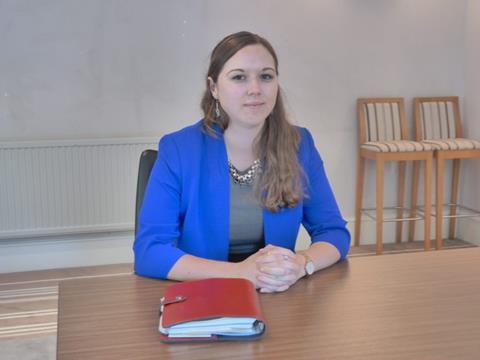Katie Doherty, policy director at the International Meat Trade Association (IMTA), provides insight on how Brexit could affect meat imports and exports.

“Following the result of the vote we called an urgent members meeting to discuss our ‘Brexit Strategy’. We very quickly established several working groups; one to look at imports, one to look at exports and one for technical issues.
Simultaneously we issued our ‘Overview of the UK meat trade’ paper to provide the context for our sector when engaging with government but also to pose a series of questions (many which we are still asking over a year later…!)
We issued our Brexit Policy Paper early this year and this has formed the basis of our approach to Brexit.
It was helpful to see some high level detail on “Future Customs Arrangements” in the recent flurry of UK government position papers on Brexit. However, other than a few cursory glances towards the challenge of sanitary and phytosanitary checks at the border within this and the paper on Northern Ireland and Ireland, this arguably greater challenge for the meat, dairy and fruit and veg sectors has not received the attention it deserves.
I am constantly battling for this distinct issue to be given recognition as an issue in its own right. So let me break it down…
Meat from outside the EU is subject to veterinary checks where an official veterinarian checks all documents (e.g. veterinary certificate) of all consignments. All container seals are checked to ensure they match the documents.
Then in the case of beef, lamb and pork 20% of consignments are physically checked by the vet. For poultrymeat 50% of consignments are physically checked. Imagine a vet opens the container. The vet then selects several cartons to inspect. The physical appearance of the meat is checked. The vet might test it organoleptically (smell, taste).
Often a sample is taken and sent to a laboratory, often a lab in Germany. Imagine your container of fresh poultrymeat with a shelf-life of 14 days from production has been selected for inspection at Dover. The vet then proceeds to take out a few cartons, maybe microwaves a chicken breast or two to check it tastes ok. Then a sample is sent to the lab.
You are told lab results will take 2-10 working days.
Do you:
a) Buy another container to fulfil the contract with your customer and hope that the container doesn’t get randomly selected for inspection.b) Freeze down the container (losing much of the value of the product) and find another customer who will take frozen.c) Lose the contract
Currently there are no veterinary checks on EU meat coming in to the UK and no vet checks on UK meat going to the EU. Currently this only applies to non-EU product. However, in the event of no deal with the EU or a ‘bad’ deal these checks could apply to EU meat into Dover and UK meat going in to the EU via Calais. IMTA strongly supports The Food & Drink Federations call for an industry-government taskforce on sanitary and phytosanitary checks at the border as this issue needs much more attention!”
This story was originally published on a previous version of the Meat Management website and so there may be some missing images and formatting issues.















